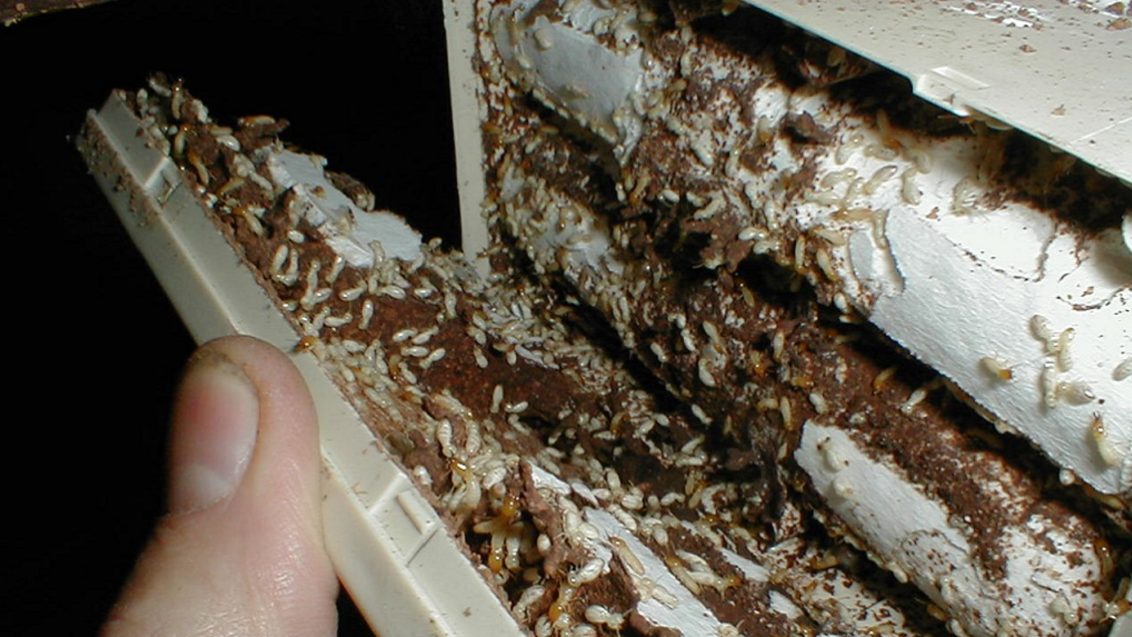Ashes to ashes, dust to foam

Australia standards for termite management
The Australia standards for termite management are now in full force, (read more about the changing termite practices) and whilst there has been a focus on the changes to pre-construction treatments, there have also been changes in the recommendation for the treatment of active termites, particularly around the use of dusts.
The new standards specify that any dust bearing the warning description “Dangerous Poison”, should not be used in an occupied structure. This signifies the final nail in the coffin for the arsenic trioxide dusts, which formed the basis for the original dust products for treating termites.
The number of other dust options has also reduced recently, with some fipronil based dusts coming off the market. With the reduction in dust options, pest managers may want to consider alternatives. Foaming is a proven technique for dealing with active termites, and its flexibility in application means it can be used in more situations than dusts. For example, dusts can struggle to disperse in damp, humid areas, not so foams. We’re all creatures of habit – it can be difficult to make the switch to a new technique – so here are some tips to get you started.
You can apply foam to internal areas such as termite galleries, infested voids and under slabs, not to mention ‘untreatable’ spots such as around pipes and throughout insulation. Once the foam fills the space, it collapses slowly so the liquid termiticide forms a residue around the treated area. This enables the active ingredient to reach as much surface area as possible.
Foaming isn’t difficult once you understand the technique and have a bit of experience under your belt
Here are some tips to get you started:
- Foaming is for live termite infestations, so do a thorough visual inspection as per AS3660.2 (2017) to make sure the foam will come into contact with as many of the active termites as possible. This will ensure the foam provides maximum impact for controlling the infestation.
- The amount of foaming agent and air present determines the dryness (more air) or wetness (less air) of the foam. Take the time to understand which types of foam provide best results under different applications. The aim is cover as much of the surface as possible.
- For wall voids, use a moderately wet foam that spreads the termiticide to base plates, stud frames and internal wall cladding before collapsing to form a residual layer of termiticide on and below the surface.
- For sub-slabs, use a very wet foam, as it will collapse quickly and allow the liquid termiticide to be absorbed into the uneven top layer of soil, giving an even treatment zone.
- Foaming can also avoid the ‘spray shadow’ that occurs when there is an obstruction in front of a spray solution (for example, a pipe or a brick in the soil). A highly wet foam can treat all sides of any such obstruction by its ability to flow around the obstruction.
- Great treatment results are achieved by using great equipment, so you should seriously consider investing in a purpose built foamer. This puts you in control of the amount of active ingredient you use, the rate of foam require for each differing situation, and accordingly, the success of your termite treatments. It’s also a more cost-effective option than the commercially available foam aerosols, it looks a lot more professional and precise, as you have greater flexibility in terms of the wetness/dryness of the foam, giving your customers the best result.
Both ARILON and ALTRISET can be applied directly to surfaces of termite workings and mudding as a foam. Although foaming may seem complicated at first – especially if you’re unfamiliar with the technique – it’s much more effective than dust, and the preferred application method for direct treatment of active termites.
